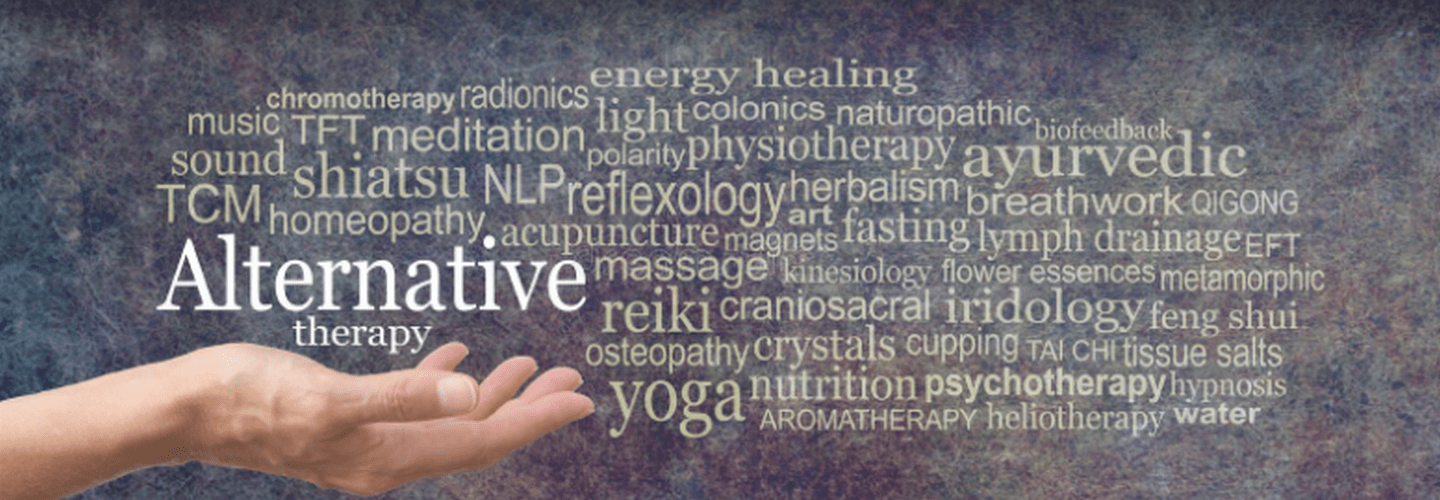
Experience heightened focus and concentration with self-hypnosis techniques by accessing your subconscious potential and reprogramming it for productivity. Deep hypnotic induction methods, visualization, and positive affirmations can amplify your attention span and clarity. Utilize binaural tones and a calming environment to enhance your hypnosis sessions. Establishing a routine and focusing on specific goals will strengthen your self-hypnosis practice. Remember, consistency and a safe environment are key to accessing the benefits of self-hypnosis. Embrace the journey of self-discovery and mental empowerment through these transformative techniques. Access your full mental potential and achieve peak performance.
Key Takeaways
- Practice deep hypnotic induction methods for focus.
- Utilize visualization to eliminate distractions and enhance concentration.
- Reprogram your subconscious mind with positive affirmations.
- Incorporate binaural tones for improved focus and relaxation.
- Create a calming environment for effective self-hypnosis sessions.
Understanding Self-Hypnosis for Focus
Understanding the concept of self-hypnosis for focus is like accessing a hidden power within oneself to enhance concentration abilities. Using self-hypnosis techniques can be a transformative way to improve concentration, increase focus, and tap into the full potential of the mind. By delving into a hypnotic state, individuals can reprogram their subconscious mind, paving the way for enhanced focus and attention. This process allows for a deep exploration of one's cognitive processes, leading to a clearer understanding of how to optimize focus and concentration.
Self-hypnosis is a powerful tool that can help individuals reduce distractions, boost productivity, and achieve mental clarity. Through regular practice, individuals can develop better study habits, increase memory retention, and enhance their overall learning capabilities. This technique offers a unique opportunity to tap into the subconscious mind's potential and leverage it for improved focus and concentration in various areas of life.
Techniques for Deep Hypnotic Induction
As we begin our journey into exploring techniques for deep hypnotic induction, we open doors to profound relaxation and heightened receptivity.
These methods offer a pathway to accessing the subconscious mind and enhancing focus and concentration.
Hypnotic Induction Methods
Mastering hypnotic induction methods requires dedicated practice and a focused mind to achieve deep states of relaxation and concentration. Techniques such as eye fixation and hand methods are fundamental for inducing a hypnotic state, allowing individuals to quiet the conscious mind and enhance their ability to concentrate.
Through consistent practice and following specific steps in a self-hypnosis session, one can effectively access a hypnotic state and focus on a chosen goal. These methods serve as the gateway to deeper levels of hypnotic trance, where individuals can explore and maximize their ability to focus and concentrate.
Deepening Trance State
To deepen the trance state in self-hypnosis and enhance focus and concentration, incorporating progressive relaxation techniques is essential. By utilizing techniques like visualization, guided imagery, and breathing exercises, individuals can reach a deeper hypnotic state.
Deepening the trance state allows for better access to the subconscious mind, enabling the introduction of positive suggestions and enhancing focus. Incorporating sensory cues, such as sounds or tactile sensations, can further deepen the hypnotic experience, leading to heightened levels of concentration.
Deepening the trance state during self-hypnosis sessions not only increases receptivity to goal-oriented suggestions but also reinforces focus and concentration, making it easier to achieve desired outcomes.
Eliminating Distractions Through Visualization

As we navigate through our daily tasks and responsibilities, it's common to encounter distractions that disrupt our focus and concentration.
Through the power of visualization, we can create a mental sanctuary free from interruptions, allowing us to immerse ourselves fully in the present moment.
Imagining Quiet Workspace
In the quest for enhanced focus and concentration during self-hypnosis sessions, visualizing a tranquil and distraction-free workspace can be a pivotal technique. By imagining a quiet workspace, free from noise and interruptions, individuals can promote deep relaxation and sharpen their focus.
This mental imagery of a serene and organized environment plays a vital role in enhancing mental clarity and concentration levels. Creating a mental picture of a clutter-free and calming workspace not only aids in relaxation but also boosts the effectiveness of self-hypnosis techniques aimed at improving concentration.
Utilizing this visualization strategy during self-hypnosis sessions enables individuals to block out distractions effectively and stay focused on their goals, ultimately leading to a more productive and concentrated state of mind.
Focusing on Task
Enhancing focus and productivity can be achieved through the strategic practice of visualizing a task-centric environment devoid of distractions during self-hypnosis sessions. By utilizing guided imagery, individuals can effectively eliminate external disturbances and cultivate a clear mental space to concentrate on the task at hand.
Envision yourself fully immersed in the activity, blocking out any potential interruptions or diversions that may hinder your progress. Picture a productive and undisturbed workspace where you can effortlessly focus on the task, allowing your concentration levels to soar.
Through this mental rehearsal, create a scenario where your attention is solely directed towards the task, enabling you to enhance your productivity and achieve your goals with ease.
Reprogramming Subconscious for Attention Span
How can we effectively reprogram the subconscious mind to enhance our attention span and concentration levels?
Reprogramming the subconscious for attention span involves a strategic process of replacing negative beliefs with positive affirmations. By utilizing self-hypnosis techniques, individuals can access the subconscious mind to make lasting changes that promote focus and concentration.
During self-hypnosis sessions, visualizing success and setting specific goals play a vital role in improving attention span. Consistency is key, as regular practice of self-hypnosis can help rewire the brain to increase attention and focus over time. These techniques focus on altering subconscious patterns that may be hindering ideal focus and concentration levels.
Positive affirmations are a powerful tool in this reprogramming process, as they help to challenge and change any negative beliefs or thoughts that are impacting attention span. By incorporating affirmations that support focus and concentration into self-hypnosis sessions, individuals can work towards enhancing their ability to stay attentive and engaged in tasks.
In essence, reprogramming the subconscious for attention span through self-hypnosis techniques involves a deliberate effort to reshape ingrained patterns and beliefs to create a more conducive environment for sustained focus and concentration.
Benefits of Binaural Tones in Hypnosis

Utilizing binaural tones in hypnosis introduces a unique auditory stimulation that enhances the depth of relaxation and focus experienced during sessions. These tones use two different frequencies to create a third tone in the brain, which the brain perceives, enhancing relaxation and focus during hypnosis. Binaural tones synchronize brainwaves to induce a meditative state for improved concentration. They play a pivotal role in enhancing the effectiveness of hypnosis sessions by promoting deep relaxation. In the field of hypnotherapy, binaural tones are commonly used to facilitate mental clarity and focus.
- Binaural tones create a third tone in the brain, enhancing relaxation and focus.
- They synchronize brainwaves, inducing a meditative state for improved concentration.
- These tones promote deep relaxation, enhancing the effectiveness of hypnosis sessions.
- Binaural tones are commonly used in hypnotherapy to facilitate mental clarity.
- They play a pivotal role in enhancing focus and concentration during hypnosis sessions.
Establishing a Self-Hypnosis Routine
To establish a consistent self-hypnosis routine, finding a quiet and undisturbed space for dedicated practice is crucial. This space should be free from interruptions for 10-15 minutes to allow for deep focus and relaxation. Select a comfortable position, whether sitting or lying down, and wear loose, non-restrictive clothing to facilitate peak relaxation during the practice. Creating an environment with minimal distractions is key; consider incorporating elements like soft music or aromatherapy to enhance the calming atmosphere.
When engaging in self-hypnosis, it is beneficial to hone in on a single, achievable goal. Focusing on a specific objective can amplify the effectiveness of the practice. By consistently dedicating time to self-hypnosis in the same space, you reinforce the association between that environment and a state of deep relaxation and focus. It's important to refrain from practicing self-hypnosis during activities that require alertness, such as driving, to guarantee safety and maximize the benefits of the technique.
Incorporating these elements into your self-hypnosis routine can help you establish a strong foundation for achieving your desired outcomes. Consistent practice in a peaceful setting sets the stage for success, allowing you to harness the power of self-hypnosis to enhance your focus and concentration effectively.
Frequently Asked Questions
How to Hypnosis Yourself to Be More Focused?
To enhance focus through self-hypnosis, one can start by practicing mindful breathing, utilizing visualization techniques, repeating positive affirmations, inducing deep relaxation, and aiming for mental clarity.
This personalized approach helps individuals cultivate a state of heightened concentration and attentiveness. By combining these strategies, one can harness the power of the mind to foster improved focus and productivity in various aspects of life.
What Are the 4 Steps of Self Hypnosis?
Self-hypnosis involves four key steps:
Preparation: individuals set goals and identify distractions.
Induction: techniques like eye fixation or hand methods facilitate entering a hypnotic state.
Deepening: visualizing progress towards the goal to deepen the hypnotic state.
Suggestion: utilizing positive affirmations to enhance focus and concentration.
The process can enhance mindfulness, mental clarity, productivity, stress management, and cognitive improvement.
Can I Hypnotize Myself to Study More?
Yes, self-hypnosis can be a powerful tool to enhance your study habits by improving mental clarity, productivity hacks, concentration techniques, and brain power.
By hypnotizing yourself to study more effectively, you can set specific goals, eliminate distractions, and use positive affirmations to boost your focus and retention.
Consistent practice in a quiet space is key to safely and successfully utilizing self-hypnosis for studying purposes.
What Is Self Hypnosis Techniques?
Self-hypnosis techniques encompass mindfulness practices, visualization exercises, breathing techniques, positive affirmations, and relaxation methods. These methods enable individuals to enter a hypnotic state, allowing them to tap into their subconscious mind for various purposes.
Conclusion
To sum up, mastering self-hypnosis techniques can be likened to sharpening a blade – honing your focus and concentration to a razor-sharp edge.
By understanding the power of deep hypnotic induction, visualization, and subconscious reprogramming, you can eliminate distractions and enhance your attention span.
Incorporating binaural tones into your self-hypnosis routine can further amplify these benefits.
Embrace the potential within you to maximize your focus and concentration through the practice of self-hypnosis.





